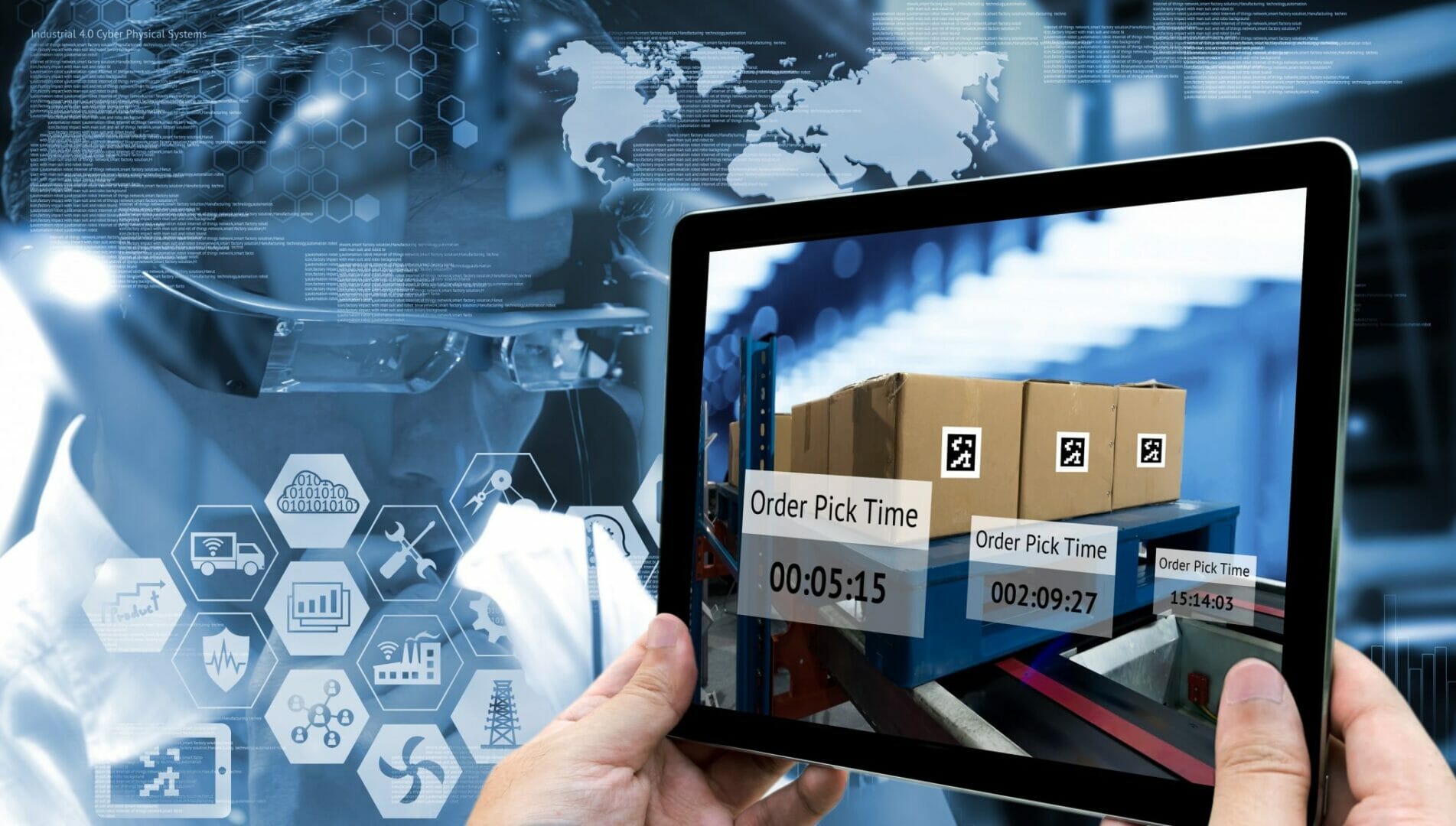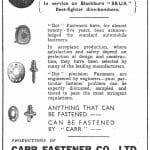~ How the customer journey will impact the future of manufacturing ~
Customisation has changed the way we purchase hundreds of items. For example, shoes were invented over 4,000 years ago but weren’t customised for left and right feet until the industrial revolution. Now, consumers expect a lot more than shoes moulded to each foot. They can select the material, colour, laces and more. As this trend takes over the retail industry, will we see it change manufacturing in the same way? Alex Darby, Head of People at EU Automation explores the role of personalisation in the future of manufacturing.
Manufacturers must do more to remain competitive in a growing industry. New businesses are established daily, offering customers new products, services and opportunities, so it can be difficult for businesses to offer something unique.
Some businesses are beginning to invest in new, advanced technologies such as sensors, artificial intelligence and internet-connected devices to optimise the supply chain, increase production and improving quality and efficiency. However, to remain competitive, manufacturers must consider how else they can use this technology to innovate product offerings and remain competitive in a saturated sector.
The ever-changing customer
Monitoring customer behaviour is one of the ways that companies can understand how to innovate their supply chain. As consumers use more digital devices such as smartphones and tablets to shop, they expect more from businesses to improve user experience and offer personalised engagement based on criteria such as previous purchases, location and recommendations based on similar shoppers.
Now that consumers have more control over how they shop, they expect more engagement from the business on the other side of the screen. According to research on consumer spending by PWC, 42 per cent of respondents are willing to pay more for a friendly and welcoming experience, demonstrating the value of considering customer opinion early in the sales process. The research also showed that 32 per cent of respondents would walk away from a brand they used regularly after just one bad experience. This research suggests that investment in better customer engagement can help manufacturers guarantee growth in the future.
As manufacturers invest in more technology, they should consider how realising Industry 4.0 can help them embrace processes that bring them closer to the customer.
Getting personal
More devices in the factory now connect to the internet and can collect massive amounts of data about processes and consumers. Manufacturers can collate data from interaction history, order history and personal information and use a customer relationship management (CRM) system to improve visibility and better understand the customer journey.
Once they better understand how people shop online, manufacturers can implement technology and refine processes at multiple stages of the customer journey to improve productivity and customisation.
Discovery
In retail, most consumers will shop around for a high-quality product at the best price and quickest delivery. This interaction rarely happens when industrial companies buy from original equipment manufacturers (OEMs) or distributors. Customers will often know the exact product they require and will speak to a salesperson to make a purchase.
As people rely on the internet for more personal and business processes, industrial manufacturers should look at how they can adopt a similar process. According to a survey by Deloitte, 90 per cent of B2B buyers now use online resources to research industrial products. Also, the customer completes almost 60 per cent of the shopping process online before they approach a salesperson.
Investing in digital platforms, such as chat bots enhanced with artificial intelligence (AI) capabilities, can facilitate natural language dialogue on websites or mobile apps. These chat bots can digitise more predictable parts of the sales process and inform sales teams about a typical customer journey. This allows the sales team to focus on more personalised services and closing sales.
Sales teams members can also use advanced technologies to enhance customer interactions before a sale. Augmented reality (AR) or virtual reality (VR) allows customers to physically experience a product and choose any preferences in an immersive experience, instead of looking at catalogues.
Enhancing relationships
Industry 4.0 technologies can have a significant impact on the buying and installation part of the customer life cycle and can manage the challenges often associated with channel partner relationships.
Manufacturers often partner with dealers or distributors to identify, develop and deliver products to end customers. As these distributors have the closest relationship with the customer, they carry influence and can provide insight and advice regarding areas such as operations, services and maintenance.
Installing a partner relationship management (PRM) platform can synchronise the information gathered by both manufacturers and partners. The platform anonymises key data to avoid compromising the competitive position of partners but also provides the necessary information that manufacturers need to optimise activities.
Data collected by distributors could also help to improve operations and help manufacturers optimise production. For example, distributors can collect data about services and maintenance and may notice similar repairs required on the same product, highlighting an issue that may not have been identified during production. Addressing inefficiencies earlier on can help manufacturers to create seamless customer experience while simultaneously improving the quality and consistency of products.
Mass use of digital devices means that consumers are increasingly dictating what they want, from bespoke industrial parts for assembly lines to custom made trainers featuring unique designs. Investment in digital technologies gives manufacturers more opportunities to offer customers these products while improving the entire consumer experience from discovery to delivery.







